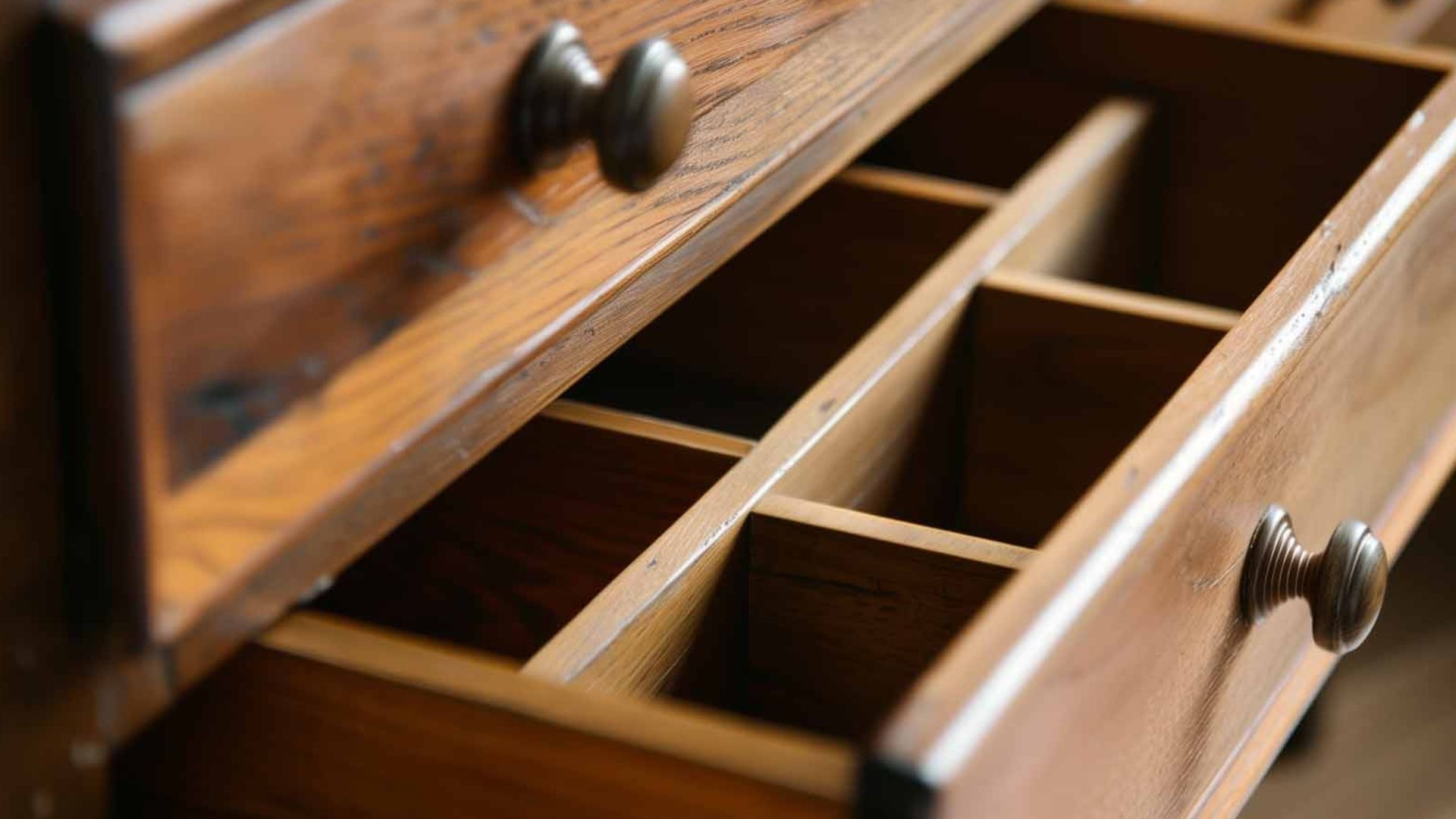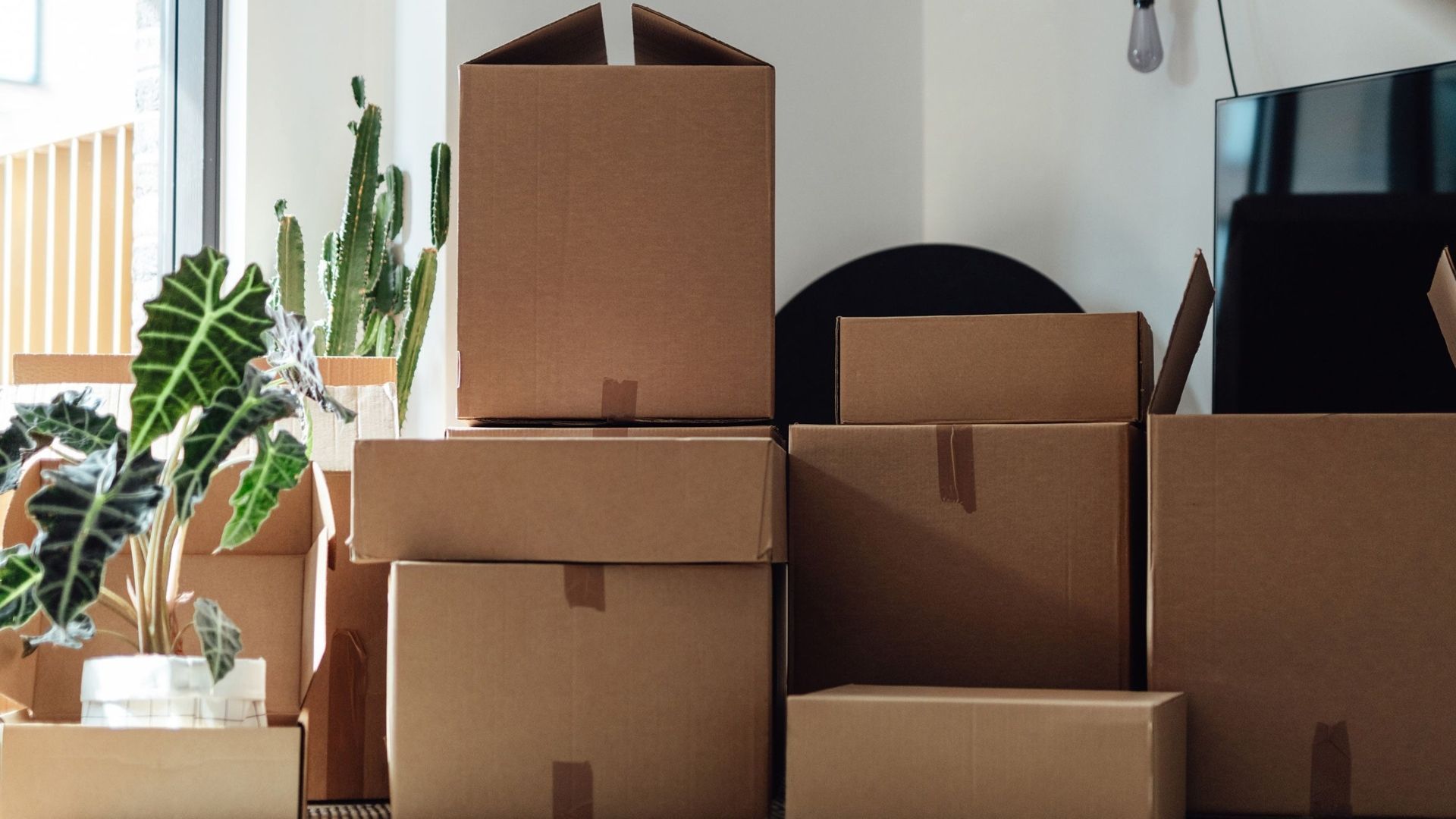What to Do If It Rains When You Move?
You can still have a successful move even if it rains on moving day. With the right planning, protective materials, and safety steps, rain doesn't have to ruin your relocation. This guide will show you exactly how to handle every aspect of a wet weather move.
Moving is stressful enough without Mother Nature adding to your worries. But don't let a little (or a lot of) rain dampen your spirits. Thousands of people move successfully in the rain every year, and you can too.
Check the Weather and Make a Plan
Watch the Weather Report
According to NOAA's Climate Normals, weather patterns can be predicted with reasonable accuracy up to a week in advance. Start checking the weather forecast at least seven days before your move.
If there's more than a 30% chance of rain, start preparing for wet weather. Don't wait until the morning of your move to check the forecast.
Talk to Your Moving Company Early
If you're using professional movers, call them as soon as you see rain in the forecast. Most moving companies will work with you to find solutions. They might:
- Suggest moving the time earlier or later in the day
- Offer weather protection services
- Help you reschedule without extra fees
Good moving companies come prepared for rain. They have the right equipment and experience to keep your things safe.
Decide Whether to Reschedule
Light rain or drizzle? You can probably still move. Heavy storms with lightning, hail, or dangerous winds? It's better to wait.
NOAA weather experts remind us that "heavy rainfall at any time can lead to flooding, even in areas where the overall risk is considered low". Safety always comes first.
Protect Your Belongings from Water Damage
Use the Right Packing Materials
Regular cardboard boxes can handle light rain for short periods. But you need extra protection for wet weather moves.
Best waterproof packing supplies:
- Heavy-duty plastic bins with tight lids
- Thick plastic wrap (stretch wrap)
- Large garbage bags
- Waterproof tarps
- Moving blankets wrapped in plastic
Pack Electronics with Extra Care
Electronics and water don't mix. Give these items special treatment:
- Wrap each electronic item in bubble wrap
- Put them in plastic bags before placing in boxes
- Mark boxes clearly with "KEEP DRY" in bright marker
- Move electronics last when rain might be lighter
If electronics do get damp, the Consumer Electronics Association recommends waiting at least two weeks before plugging them in. For items that get soaked, wait up to a month.
Waterproof Your Boxes
Even if you're using cardboard boxes, you can make them more water-resistant:
- Line the inside with garbage bags before packing
- Seal all edges with extra packing tape
- Wrap the outside in plastic sheeting
- Double-tape the bottom for extra strength
Priority Loading Strategy
Moving experts recommend loading "plastic storage bins and other less valuable items onto the truck first, as the rain might slow down or stop completely by the time you need to move your fragile items".
Start with items that can handle getting a little wet. Save your most valuable and water-sensitive belongings for last, when the weather might improve.
Keep Everyone Safe During the Move
Wear the Right Clothes and Shoes
Safety starts with what you wear. On a rainy moving day:
Do wear:
- Non-slip shoes with rubber soles
- Rain jackets with good grip
- Close-fitting clothes (no baggy pants to trip on)
- Gloves for better grip on wet boxes
Don't wear:
- Flip-flops or sandals
- Heavy, loose clothing
- Anything slippery when wet
Make Safe Pathways
According to the Occupational Safety and Health Administration (OSHA), wet surfaces are slippery surfaces. Create safe paths for everyone:
- Put down old rugs or towels at all doorways
- Use pieces of cardboard to cover puddles
- Lay down anti-slip mats on smooth surfaces
- Keep towels handy to wipe up water
Place mats both inside and outside your doors. Have extras ready to swap out when they get too wet or muddy.
Set Up Assembly Line Teams
Professional movers often use a "bucket-brigade fashion" approach, with "one group of people indoors with clean shoes picking up boxes and furniture to take them to the front door, and another group with muddy shoes who take items from there to the truck".
This system keeps your floors cleaner and reduces the number of people tracking water inside.
Smart Loading and Transportation Tips
Park as Close as Possible
The shorter the distance between your door and the moving truck, the better. Every foot matters when it's raining.
If you have a garage, use it as your loading area. If not, park the truck as close to your front door as local laws allow.
Create Covered Pathways
Get creative with protection:
- String tarps from your porch to the truck
- Use large umbrellas to create mini shelters
- Have helpers hold blankets or tarps over items as you carry them
- Use plastic crates as "rain shields" for smaller items
Inspect and Prep the Moving Truck
Before loading, professional movers check that there are no leaks inside the moving truck and that "rain cannot come in the back of the truck when it is being loaded".
Look for:
- Holes or tears in the truck walls
- Problems with the back door seal
- Water already inside from previous loads
- Slippery surfaces on the truck ramp
Put tarps on the truck floor to catch any water that does get in.
Use Protective Covers During Transport
Don't just focus on getting items into the truck dry. They need to stay dry during the trip too:
- Cover everything with moving blankets wrapped in plastic
- Use tarps to create barriers inside the truck
- Put moisture-absorbing products in the truck for long moves
- Keep towels handy to wipe down anything that gets damp
Protect Your Homes from Water Damage
Safeguard Your Old Home
You want to get your security deposit back or make a good impression on buyers. Protect your floors:
- Cover all walking paths with old towels or tarps
- Put absorbent mats at every entrance being used
- Have a mop and bucket ready for quick cleanups
- Keep windows closed to prevent rain from blowing in
Set Up Your New Home for Success
To "protect your new home from water damage or excessive mud, lay some old towels, old sheets, or a tarp over the floors". You don't want muddy water ruining your fresh start.
Prepare your new place:
- Put down floor protection before anyone arrives
- Open windows slightly for air circulation (if not raining directly in)
- Have cleaning supplies ready
- Keep extra towels at the entrance
What to Do After a Rainy Move
Unpack Quickly
Moving experts emphasize that "when things get damp and are allowed to sit, they become a haven for mold and mildew". The Centers for Disease Control and Prevention (CDC) warns that mold can start growing within 24-48 hours in damp conditions.
Unpack damp items first, especially:
- Clothing and fabric items
- Books and paper materials
- Anything in slightly wet boxes
- Items that were wrapped in damp blankets
Dry Everything Thoroughly
- Spread out damp items to air dry
- Use fans to improve air circulation
- Check for moisture trapped in plastic wrapping
- Wipe down all hard surfaces
Inspect for Damage
Look carefully at all your belongings:
- Check electronics before plugging them in
- Examine wooden furniture for water spots
- Look for mold or mildew starting to form
- Take photos of any damage for insurance claims
When to Call Professional Movers
Why Pros Handle Rain Better
Professional moving companies come prepared for any weather. They have:
- Waterproof moving blankets and covers
- Professional floor protection systems
- Experience moving in all weather conditions
- Proper insurance coverage for weather-related issues
Professional moving companies "will typically use neoprene floor runners and Masonite boards to protect against dirt, water, mud, and damages during the move", equipment that most people don't have access to.
Additional Services for Rainy Days
Many moving companies offer special wet-weather services:
- Extra protective wrapping
- Covered loading areas
- Moisture-resistant packing materials
- Packing services to keep your hands dry
Essential Rainy Day Moving Supplies
Must-Have Protection Items
Waterproof materials:
- Heavy-duty plastic sheeting
- Waterproof tarps (at least 2-3 large ones)
- Plastic storage bins with tight lids
- Extra-wide packing tape
- Thick garbage bags
Safety items:
- Non-slip mats and rugs
- Extra towels for drying
- Rain gear for all helpers
- First aid kit (accidents happen more in wet conditions)
Tools and extras:
- Mop and bucket for quick cleanups
- Box cutter for opening wet tape
- Permanent markers for re-labeling damp boxes
- Battery-powered radio for weather updates
Where to Get Supplies Last-Minute
If rain shows up unexpectedly:
- Hardware stores have tarps and plastic sheeting
- Dollar stores sell garbage bags and basic rain gear
- Grocery stores have plastic storage containers
- Many moving companies can provide emergency weather protection supplies
Making the Best of a Rainy Move
Stay Positive and Flexible
Moving experts suggest to "try to enjoy moving day, whether it's a coffee or cocoa break or taking time to dance in the rain". Keep your sense of humor – this will make a great story later!
Keep spirits up:
- Have hot drinks ready for your helpers
- Take breaks to warm up and dry off
- Play upbeat music to keep energy high
- Remember that professional Edmonton movers handle rainy moves all the time
Communication is Key
Stay in touch with everyone involved:
- Give regular updates to family members helping
- Keep your moving company informed of any concerns
- Check in with the people at your new home
- Have backup phone chargers in case of power issues
Focus on What You Can Control
You can't stop the rain, but you can control your response to it. Focus on:
- Following your safety plan
- Protecting your most important items
- Keeping everyone informed and working together
- Being flexible with timing and methods
Final Thoughts
Rain on moving day doesn't have to be a disaster. With the right preparation, protective materials, and safety mindset, you can have a successful move regardless of the weather.
The key is planning ahead, prioritizing safety, and staying flexible. Whether you tackle the move yourself or hire professional movers, these tips will help keep your belongings safe and your move on track.
Remember, millions of people move successfully every year, and many of them deal with rain. You're joining a long tradition of people who didn't let a little weather stop them from starting their new chapter.
Ready to move, rain or shine? Focus on protection, safety, and having a positive attitude. Your new home is waiting, and a little rain can't stop you from getting there.
Moving during challenging weather? Last Stop Moving has the experience and equipment to handle moves in any conditions across Edmonton and Alberta.



